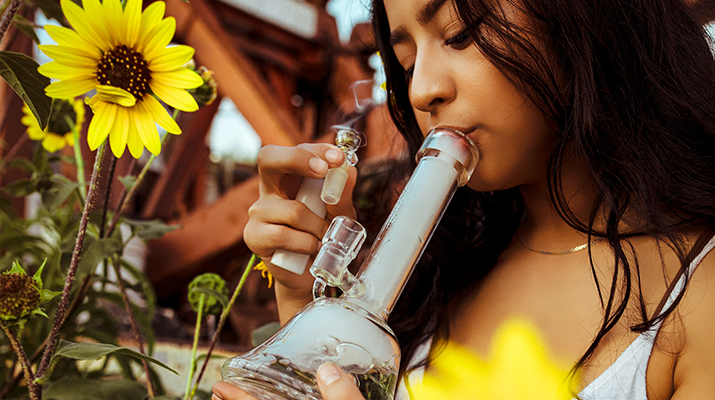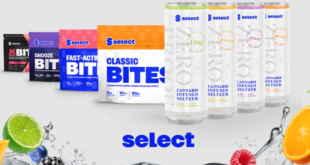
This week, the National Cannabis Industry Association (NCIA) announced the release of a paper providing extensive guidance on how cannabis should be regulated at the federal level. The paper highlights the need to have a clearly defined regulatory approach and structure prepared as the nation moves closer to making cannabis legal for adults, and identifies the existing agencies best suited to regulate the wide variety of cannabis products available in state-regulated legal cannabis markets.
“As a country, we are starting to move past whether we should end cannabis prohibition, and need to put serious consideration into how we do that and what a post-legalization world looks like in terms of federal regulatory policy,” said Aaron Smith, executive director of the NCIA. “The recommendations outlined in this report build on successful methodologies by assigning regulatory duties to existing agencies, while avoiding restrictions that would not be appropriate for cannabis as well as some of the missteps that have occurred with other products.”
The variety of products that contain cannabis means that a “one-size-fits-all” regulatory framework would be ineffective. Under such a framework, some products would be overregulated, while others might be underregulated. Instead, different regulatory structures, or “lanes,” should be utilized based on the characteristics and intended uses of the products to leverage existing federal regulatory expertise.
• Lane #1 — Pharmaceutical drugs (eg: Epidiolex; Marinol) (Regulated Like Prescription Drugs; Lead Federal Regulator: FDA)
• Lane #2 — Ingested, inhaled or topically applied products with more than de minimis amounts of THC (+0.3%) (Regulated Like Alcohol; Lead Federal Regulator: TTB)
• Lane #3 — Ingested and inhaled products with de minimis amounts of THC (<0.3% THC) (Regulated Like Food/Dietary Supplements; Lead Regulator: FDA)
• Lane #4 — Topically applied products with de minimis amounts of THC (<0.3% THC) (Regulated Like Cosmetics; Lead Federal Regulator: FDA)
The paper also explains some of the reasons why removing cannabis from the Controlled Substances Act, rather than moving it to a different schedule, is necessary for the effective implementation of federal regulations.
“This approach will help us protect consumers, foster research, and provide guidance for the growing number of states that are regulating cannabis for adult and medical purposes as we work to repair the harms caused by prohibition,” Smith stated.
 AZ Marijuana Arizona Marijuana Info
AZ Marijuana Arizona Marijuana Info






